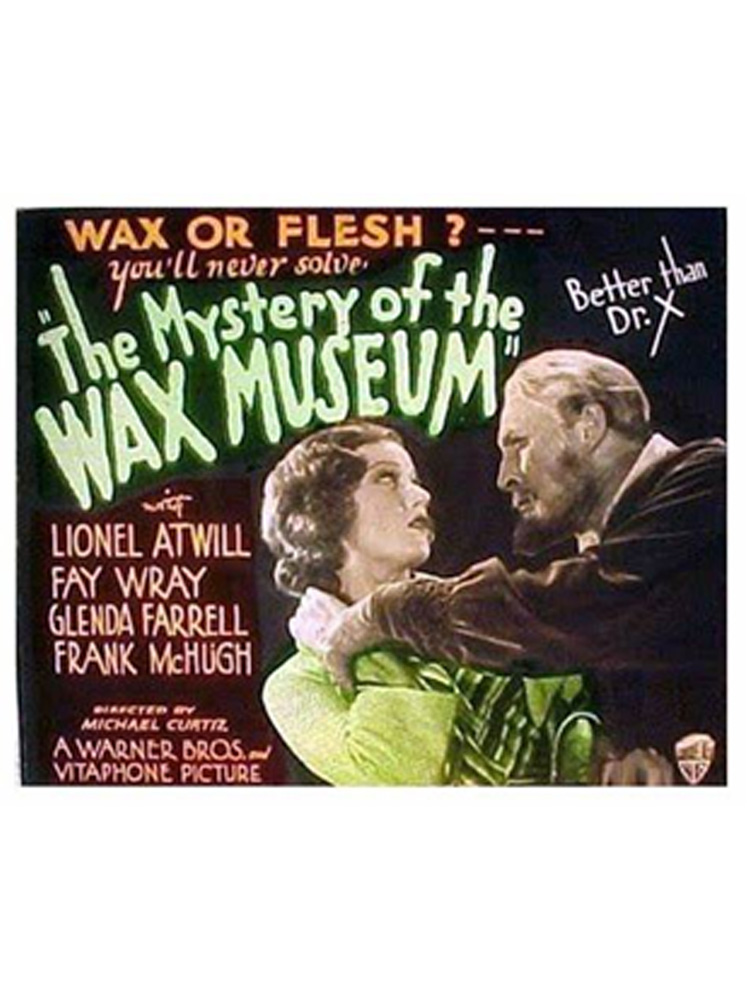Hollywoods' Pre Code Era
|
Pre-Code Horrors: Shadows Before the Censor’s Light |
The Wax Museum Review
The Island of Lost Souls
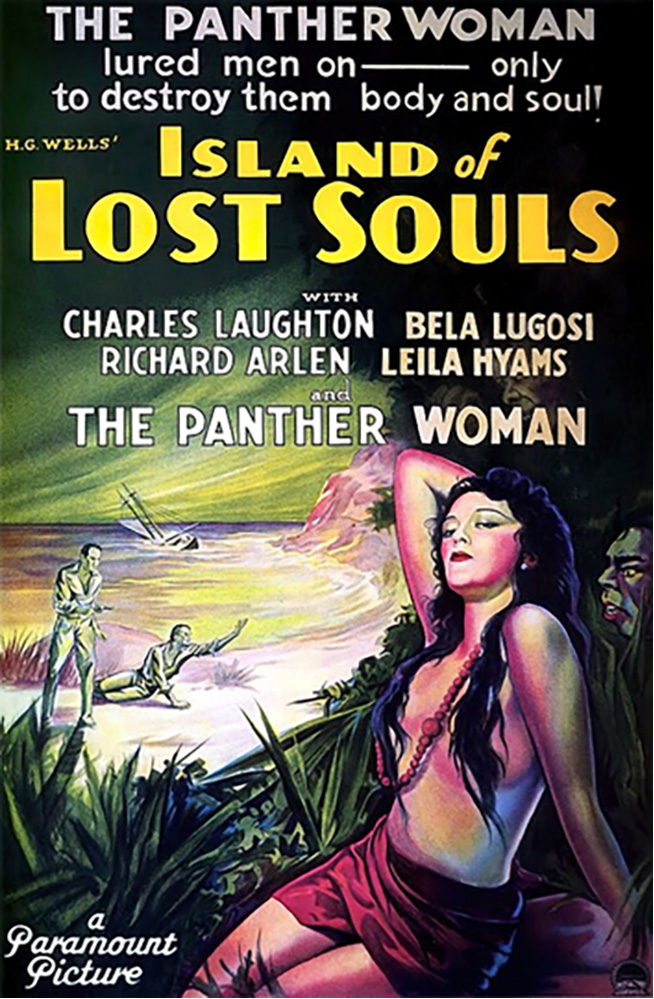 The Island of Lost Souls (1932): Darwin, Desire, and the House of Pain |
The Most Dangerous Game
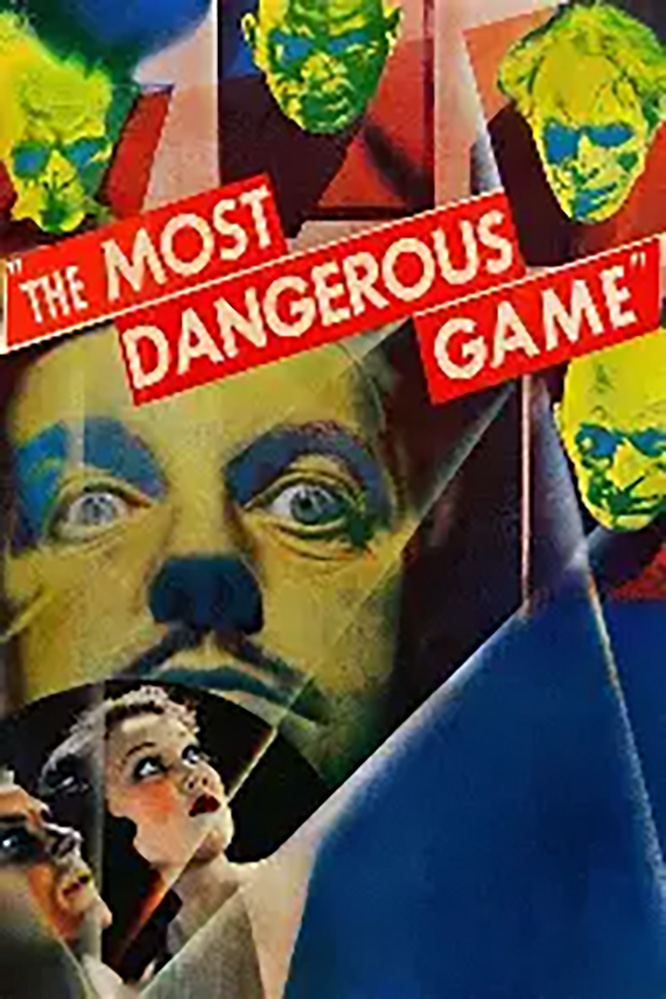 The Most Dangerous Game (1932): Hunting the Hunter |
The Mask of Fu Manchu
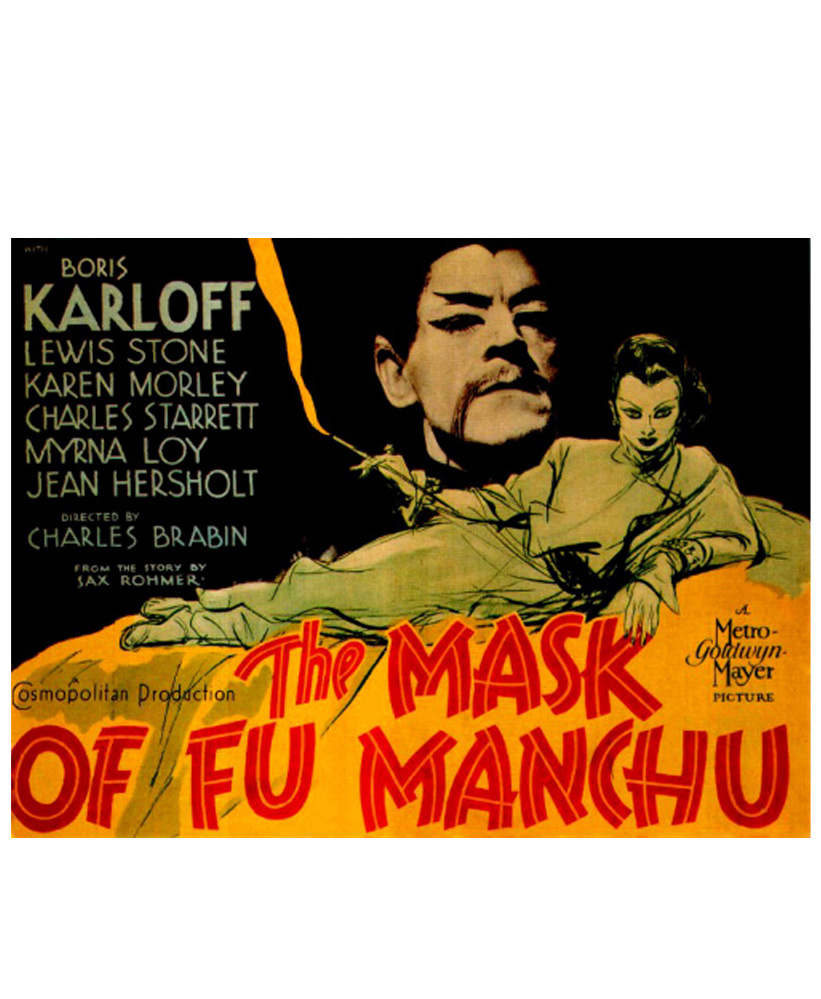 The Mask of Fu Manchu (1932): Empire, Exoticism, and Electric Terrors |
Dr. Jekyll and Mr. Hyde
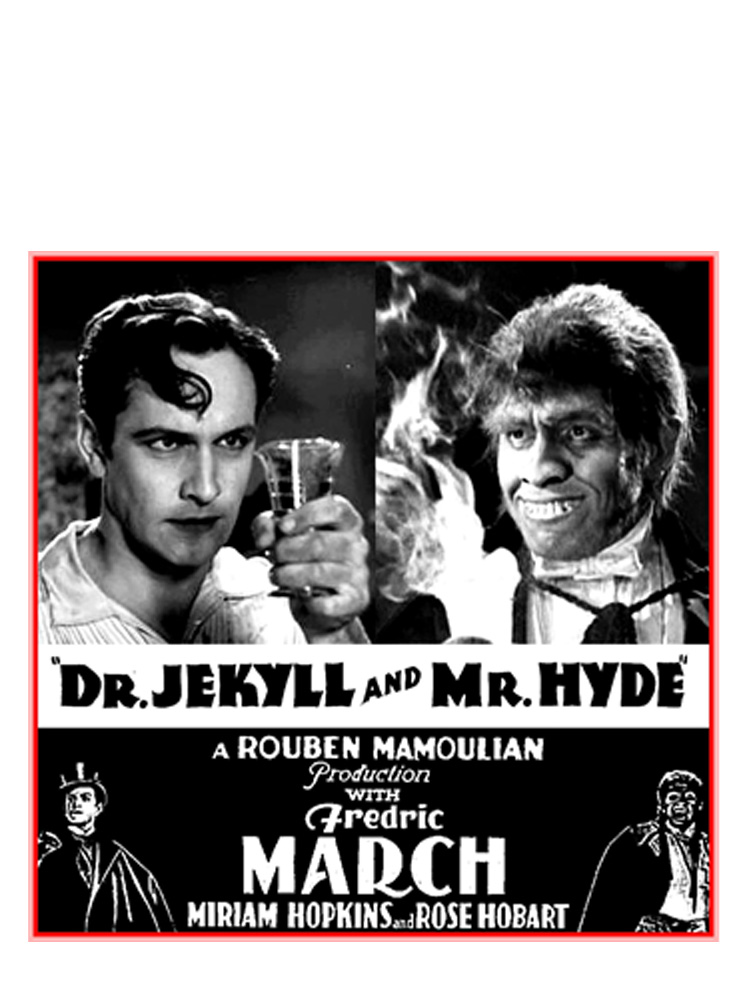 Dr. Jekyll and Mr. Hyde (1931): The Two Souls of Man |
The Old Dark House
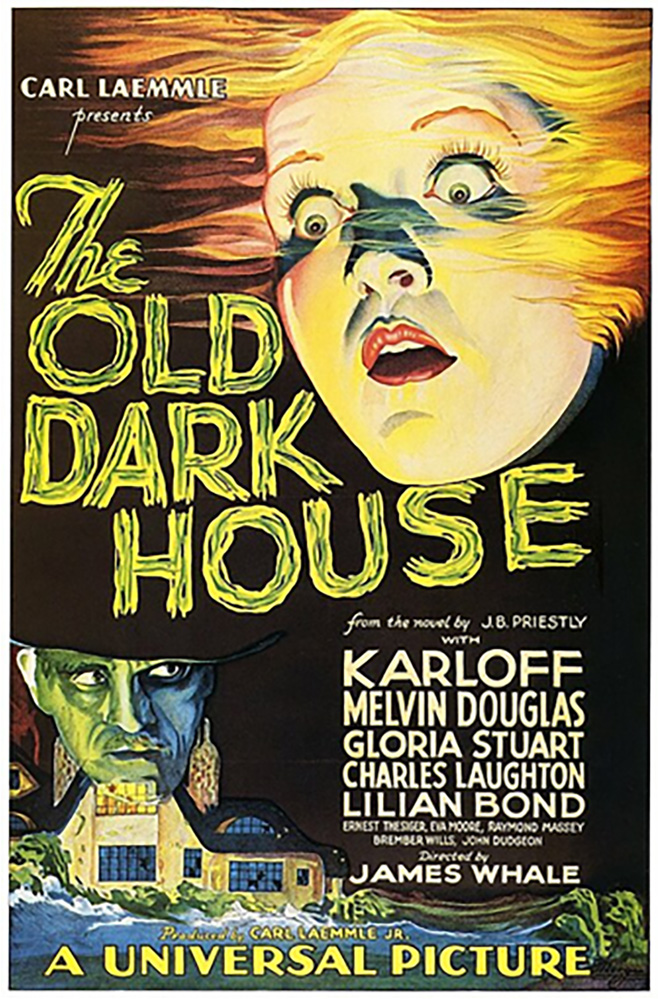 The Old Dark House (1932): Storms, Secrets, and Whale’s Wicked Wit |
The Black Cat
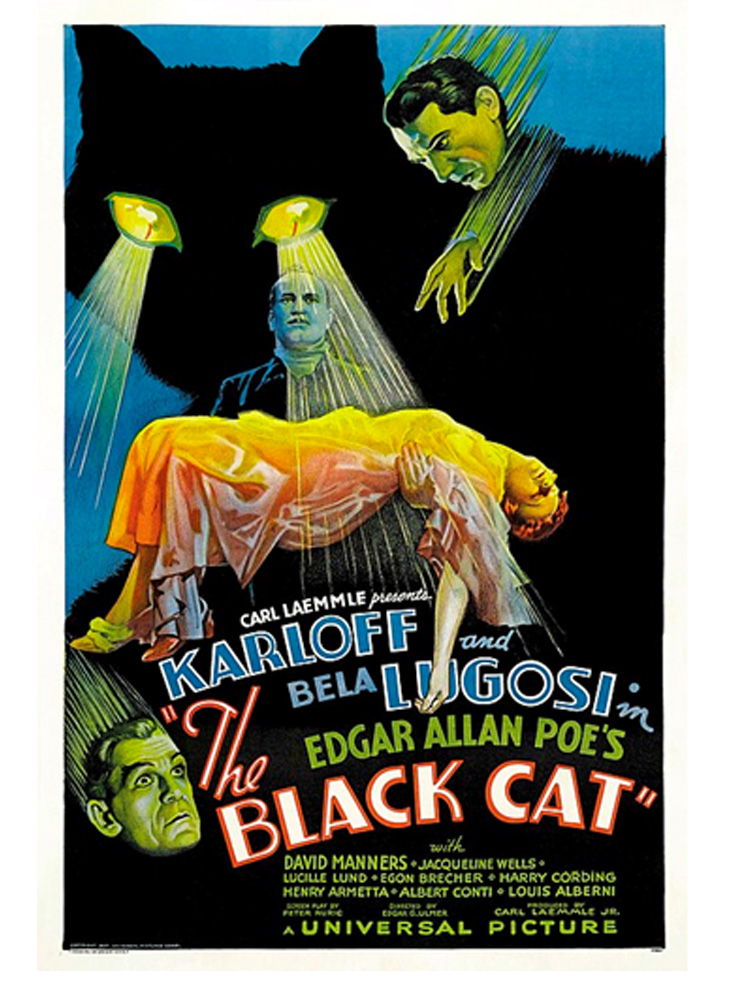 The Black Cat (1934): Dreams of Power and the Shadows of War |
New Horror Reviews by Stephen Zelnick
Horror films flourished in Hollywood’s pre-code era, from the first “talkies" in 1928 to the Hays’ Act and its censorship of “unwholesome" content in July, 1934. Film fans know the classically creepy “Frankenstein" and “Dracula" movies, and the pulse-pounding thrill of “King Kong" ought to be better known.
For this review, I’ll focus on seven. Several launched film families that echo down the ages. “The Mystery of the Wax Museum", for example, later starred Vincent Price as the artist of perfection with a prurient eye for beauty frozen in horror. “The Island of Lost Souls" has seen many sequels. Fu Manchu films had a long life with Walter Oland and Christopoher Lee. “Dr. Jekyll and Mr. Hyde" has been done often. “The Most Dangerous Game" idea has been done under many titles, but none of them with the verve of the originals.
Why this gathering of horrors in the pre-code years? One obvious answer is relaxed prohibitions. Not all was permitted -- even before 1934, the code lurked in shadows, and church groups reviled much that reached the screen. Horror films, however, were a big draw and made Warner Brothers and Paramount a ton of money at a time when money was scarce and audiences streamed to the darkness from the glare of every day.
The post-Crash world was frightening. Solid citizens became beggars, good girls turned to prostitution, crime and brutality flourished, nations geared for war, and strange accents tinged our nightmares. Personal identity teetered into frightful instability, as comfortable social selves collapsed and fear and impulse took their place. These films portrayed an underlying menace, old dreams come to life, and terror suddenly near at hand. The darkened theater was a place for bad dreams and their resolution in fantasy.
The Mystery of the Wax Museum
“The Mystery of the Wax Museum" is a cult classic. Ivan Igor (that’s “eye-gore") is a sculptor from middle Europe who has chosen to work in wax, so much more skin-like than stone. It’s that famous London of the 1890’s -- Jack the Ripper time -- with Hansom cabs and dangers lurking in shadows. Igor is theatrically handsome and a madman; first, because he is oblivious to money; but more that he loves his creations, really loves them, and especially his Marie Antionette. When his business partner plans to torch the studio to collect insurance, Igor grapples with him and touches off a blaze that incinerates his creations and cripples himself.
It's now 1933 as Igor opens his museum in New York City. We feel the contrast between the New Years Eve merry makers on the street and the artist’s reserve and steely devotion to his craft. There’s been a suicide of a beautiful young socialite, and next you know we’re in the city morgue and a mysterious cloaked figure is lowering her corpse out the window. We get a glimpse of the figure, and his face is horrifying, his body bent, but preternaturally powerful. The socialite will be reborn as a wax-coated figure from Europe’s glamorous history.
Horror is never any good without serving up beautiful young women to the beast. First, there’s Faye Wray, the screaming goddess from “King Kong." Here she’s tastefully clothed and wonderfully refined, and a perfect candidate to become a waxen Antionette. Igor is astonished at the sight of her. We see her in close-up, and she’s uncertain and vulnerable, as a victim should be.
Igor is confined to a wheelchair, his clever hands damaged by the fire years ago. His squadron of assistants includes arty types, but also brutes -- my favorite a mumbling deaf-mute, intent on ravishing the goddess. Igor retains his 19th C. matinee idol profile, deep cultured voice, and distinguished manners. When at last, he grabs Faye Wray, she shatters his mask, and we see the monstrous disfigured face beneath. And boy does she scream as Igor straps her helpless form onto an operating table, right below the device about to pour molten wax and encase her beauty forever.
The film is brilliant (Michael Curtez, director of “Casablanca"). It’s in peculiar color, a red-blue Technicolor process that shades everything in astonishing vibrancy. The design of the basement laboratory (you know how to pronounce it) is elaborate and fanciful, complete with a vast electrical power board and a huge vat of bubbling wax, circular stairs, and secret doorways flying open and shut.
Into our jolly New Years’ gaiety and American innocence Old Europe erupts with its sacred values and uncanny craftsmanship. Old Europe asserts the privilege of superior persons to murder and, courteous and rapacious, to take our women. The danger comes with ominous accents and brutal ways disguised by handsome art and gracious manners. Underneath that smooth exterior lives a monster, as hideous and powerful as we can dream it.
The Island of Lost Souls
Want to gauge how horrible a film is? Ask where it was banned, or if shown, which cuts were required. “The Island of Lost Souls" (1932), based on H. G. Wells’ The Island of Doctor Moreau (1896), was banned in the UK, Germany, Italy, India, and New Zealand and when released for late-night TV, shown only in cleaned-up versions. “Souls" is grotesque, with mobs of creatures midway in transition from animal to human and a sexual theme just too delicious to forget.
Dr. Moreau (Charles Laughton) is an urbane, mad scientist. His project is to fashion human beings from animals, transforming them to serve his will, on a mysterious island not marked on any maps, in a dark version of Genesis. The island’s jungles teem with odd hairy and muscular creatures, created from predators, walking upright but with dead eyes and speaking in halting phrases. They underwent screaming agony, in “The House of Pain," in deep surgery without anesthetic.
Moreau controls them with his whip, by threats to return them to surgery, and by a religious cult that grips their fragmented minds. There’s more than a hint that they stand for the lower classes, in Walter Lippmann’s phrase, the “bewildered herd", crude and sub-human. Gathered around blazing fires, they repeat a litany -- “Do not walk on all fours … are we not men?!" The creatures are both hideous and pitiable. Some are pigs and pups in transition, but nothing you’d want to pet.
Moreau’s greatest project is to create a human woman, with feminine feelings and desires, from a panther. Lota, the Panther Woman, is a timid and near naked beauty, lean and sinuous and wrapped in a sarong. She is a fantasy creature bred to snuggle close to her master and make herself sexually available. When a handsome sailor, Peter Parker, appears on the island, Moreau decides to mate Lota to see what will come of it and rival God in creating a new race.
Parker falls under Lota’s spell, despite being affianced to a fully human woman -- a lovely blonde, neatly clothed, conversational, and bland and demure. When she arrives seeking her beloved, she narrowly escapes rape by one of the less obedient of Moreau’s monsters, as he tears apart the bars on her bedroom window, in the moonlight.
In the end, the creatures rebel, bringing Dr Moreau to the “House of Pain" and, with scalpel and hatchet, have their revenge. Parker winds up with the blonde, while the Panther Woman wanders about forever in our dreams.
The story is a meditation on Darwin’s Descent of Man. We keep our cuddly pets nearby to remind us of our animal selves as we are transformed into well-behaved socio-economic beings. But when night falls and something howls out of the darkness, we sniff the air in expectation.
The Most Dangerous Game
“The Most Dangerous Game" (1932) is a horror/adventure film, starring Joel McCrae, Fay Wray, and Leslie Banks as the maniacal villain. It has all the lurid appeal of the Saturday afternoon serials of my childhood. Like all such juvenile excesses, “Game" has a deep target, the primal mind that treasures excessive images and appeals to pre-cultural memory.
We begin on a splendid yacht, with wealthy gentlemen, sipping scotch. The ship’s captain observes the channel markers are out of place and warns his well-tailored passengers of their danger in shark-infested waters with keel-tearing reefs. As in the Crash, the masters of things disregard warnings and end up feeding the sharks. Only big-game hunter “Bob" Rainsford, a mid-westerner and regular guy (McCrae) survives, tossed onto the tropical beach of a lush and mysterious island.
What’s there but a fantastical stone fortress with vast inner dimensions, steep staircases, and deep dungeons. Count Zaroff (Banks), a courtly and intense Russian aristocrat, is master here. His helpers include Ivan, a massive mute Muzhik, a deadly Tartar adept at the curved bow, and Ahmed, a wily knife-wielding Arab.
Already Zaroff’s guests from their own shipwreck are the Trowbridges -- he a polished drunkard and his sister (Wray) a lovely Bryn Mawr girl, agile and alluring. Along the staircase is a huge tapestry depicting the Rape of the Sabine Women by lust-crazed centaurs, just in case you wanted to get any ideas.
Bob is a hunter, and so is the Count, who ignites at the chance of matching skills with his famous guest, in a hunt, where “dangerous game" means not the contest but the prey. As Zaroff intones, gazing lustfully at Eve Trowbridge, “the greatest eggstozee is to enjoy ze voman ahvter the keell."
A visit to Zaroff’s dungeon underscores the danger. Nearby European elegance awaits monstrous perversity. Massive headaches torment the count to madness. His dungeon is a torture chamber and a macabre museum with the heads of his human victims on display. Faye Wray, shocked by a severed head rising in its vessel to meet her gaze, does what Faye Wray does best.
The hunt is astonishing. McCrae sets brilliant traps for Zaroff in the dense jungle, foggy swamp, amidst turbulent waterfalls. Zaroff spots each of the deadly obstacles, and with Tartar bow, high-powered rifle, and a team of fierce hunting dogs descends upon McCrae and Wray, as her clothing slowly tears away during the jungle chase.
The pursuit is thrilling. Through foliage and mist, the camera creates a clear and open central circle to rivet our view. We peer out at things, working to form coherent images, as frantic action rushes by. The music follows Wagner’s logic of a simple theme -- here in unrelenting minor mode -- varied for emotion as the orchestra plays at times tenderly and, at others, madly into the B&W dream-work.
These horror films strike deep into primal thoughts and lay the groundwork for imagining the world. In Europe’s Dark Ages hand-rendered texts depicted in the margins nightmare images of dog-men, monster figures from Eurasia, ready to prey upon Europeans. In our own time, we good decent Americans still face this threat from monsters, savagely nipping at our heels and lusting for our women and, some say, our freedom.
The Mask of Fu Manchu
“The Mask of Fu Manchu" (1932) stars Boris Karloff and Myrna Loy. It is based on one of Sax Rohmer’s Fu Manchu novels. Studios kept Karloff busy -- “The Old Dark House" appeared just before this one and “The Mummy" just after. Karloff despised this film, but no one has come close to his Fu Manchu.
Spies abroad alert British archaeologists that Fu Manchu, famous Chinese scholar-scientist-medical doctor- revolutionary- madman is intent on finding the tomb of Genghis Khan and by retrieving his mask and sword rousing Asians to overthrow European domination. The government enlists these scholars to loot the tomb and save White people from a fate worse than death.
The British contingent includes notable professors -- Ezra Stone and Jean Hersholt -- and a handsome young couple, much in love, enlisted for no apparent reason. Myrna Loy, never lovelier, is Fu Manchu’s daughter, a disappointment to her father because she is not a son and expressing her resentment by tormenting the men -- with whip and sharpened nails -- who fall into her clutches.
Dr. Manchu is a grand conception for horror. He is inscrutable and insidious and inclined to sinister politeness and double meanings that barely hide his malevolence, driven by fierce racial grievance. He is adept at wielding the rheostat and its fiery buzz and electric snake of fire, a death ray, and the terrors of surgery, introducing poisons into his helpless victims. His smile and that Karloff lisp are not reassuring.
Today, it’s difficult to watch the film without noticing western fear of Asians, with their grievances against “the West." In the film, the crowds that gather to carry out the Chinese master’s wishes include Arabs and Turks with a smattering of Africans. The British carry handguns, their enemies employ daggers and scimitars and are agile and unscrupulous -- climbing over rooftops, dropping down out of trees, and peering out of closets. They hide their evil purposes by speaking gibberish. They want nothing more than a go at the White woman ... in this case a droopy bundle of nerves, bad posture, and blonde ringlets.
“The Mask of Fu Manchu" is the stuff of serials, with exotic torture scenes, evil personified, and last-minute escapes ... Ezra Stone tied to a lowering ramp above a pool of hungry crocodiles, Jean Hersholt tied to a post as two walls of spikes slowly close in on him, the young hero drugged with venom about to lead his beloved to her ravishment by the evil Fu. Tune in next week.
Karloff despised these roles and would have preferred lisping his way through “Hamlet". Myrna Loy, also, would rather be Nora than Fah Lo See (fallacy?). The truth is, this is wildly entertaining stuff and marvelous nonsense.
Dr. Jekyll and Mr. Hyde
“Dr.Jekyll and Mr. Hyde" (1931) is based on R. L. Stevenson’s story of a scientist’s efforts to separate the moral soul from the impulsive animal in us. Mamoulian’s film is famous for its effects, especially the remarkable transformation from man to monster, and the extraordinary performances of March and Hopkins. March won the Academy’s Best Actor, unusual for work in a horror film.
It opens with disembodied hands playing a Bach organ piece, random off-centered images, and then the slow forming of Dr. Jekyll’s reflection in a gilded mirror. He’s a handsome Victorian gentleman, a man of wealth and respectability. There is, however, something odd in the uncertainty as he regards his reflection.
He's been lecturing that day on his bold theory of the two souls that make up our psyche and the possibility of separating the two and erasing the vicious and primitive from our being. Later in the day, he has completed his work in surgery, coming to the aid of an aged and impoverished woman and a child no other surgeon was sufficiently skilled to cure. He is off to a gala gathering at the home of his intended, at the end of a day at the height of his genius -- a philosopher, a humanitarian, with the highest skills of his craft.
On his way he notices a woman brutalized on London’s rough streets, rescues her, and carries her to her rooms. Ivy Pierson (Hopkins) is a music-hall performer and a lovely if squalid temptress. She bids Jekyll look her over, loosening her bodice and removing her garters. There follow suggestive moments censors at the time removed. The good doctor restrains himself, but the images trouble him as later in a lush garden he pledges his love to his chaste bride-to-be.
Returning to his laboratory, Jekyll pursues his research, quaffing a bubbling potion to separate his two souls. In a triumph of early film illusion, we watch face-on as Jekyll becomes Hyde, an evolutionary reversion to something simian and vicious. He revels in his heightened energy and athletic force and returns to Ivy’s apartment for an orgy of domination. When Hyde begins reappearing at will and without the potion, Jekyll becomes a pitiable creature who must be destroyed.
“Dr. Jekyll and Mr. Hyde" is set in Victorian London, with its strict social class distinctions. The two psyches are also distinct social orders, one of refinement -- where sober people learn to hang up on nature’s call -- the other devoted to the drunkenness and gross mating of the poor.
Mamoulian’s film dramatizes the two souls. Ivy’s sexual availability and submission intoxicate Jekyll, while the inhibitions dictated by the social order provoke his fury. On the one hand there’s the delicate waltz in the grand drawing room with pale poetry in the moonlit garden; on the other is the abandonment to wickedness in his doxy’s shabby bedroom.
Stevenson’s tale caught the Victorian tension -- the age of Jack the Ripper, the pornography of My Secret Life, and the swank bordellos and dangerous street trade set against high-minded rectitude of the age. In post-Crash America, these images of tormented souls, haunted after a decade of crazed abandon, had their own special horror. More broadly, closely administered societies invite multiple souls rebelling against restraints of order and good sense. The myth bearing the message is irresistible.
The Old Dark House
“The Old Dark House" (1932) is so over-the-top that many classify it as comedy. It stars Karloff, Melvyn Douglas, Charles Laughton, Raymond Massey, and a collection of creepy London stage actors along with two delicious young things (a lovely blonde in sheer negligee and a quirky brunette with sly smile and ready embraces). It’s easy to see this romp on the freakish side as the B&W ancestor of “Rocky Horror," and nothing can be more fun.
Two sets of travelers driving through a monstrous storm are forced to seek shelter in a ramshackle mansion in the Welsh countryside. There we meet a mute and murderous servant (Karloff at his ugliest), and the Femm family: Rebecca (a cackling witch shrieking “no beds"), Horace (her cadaverous brother), Sir Roderick (their near corpse of a father), and Saul (the madman in the upper rooms). Each of the travelers has a story to tell and an accent to prove it. Laughton is colorful as a Yorkshireman, with a ridiculous broad brogue.
The dinner they sit down to has a touch of “Eraserhead," with diners picking their way through blemishes in the potatoes while Karloff menaces them. When the blonde lovely goes to change out of her wet things, Karloff in hiding peers at her stripping down, eyes-ablaze with teeth-grinding interest, and cackling Rebecca in fairytale fashion prods the lovely’s delicate chest as if selecting her next meal.
The mansion comes complete with a long rickety staircase, leading to blank landings and locked doors at the second level and something indescribable at the third. From behind the doors come sounds of torment and despair. Karloff guards these mysteries and later, maddened with drink, attacks his guests. Three strong men barely succeed in containing his fury. When the madman at the top of the stairs breaks loose, he thinks himself the Bible’s King Saul, rampaging to spear David to quiet the torment in his mind.
“House" goes at a breakneck pace, and Whale’s wit enjoys the grim close-ups of his grotesques and the distress of their voices. At the end, I had to sit quietly a half hour to settle my nerves, trying to shut down the witch’s cackle and her screech of “no beds" and Karloff’s menace. The bit of romance places a dainty morsel before the dark beasts that haunt the false brightness of our days.
Director James Whale was the genius responsible for “Frankenstein" (1931), “The Invisible Man" (1933), and “The Bride of Frankenstein" (1935). Whale also directed the first version of “Waterloo Bridge (1931) and a brilliant “Show Boat" (1936). The film “Gods and Monsters" (1998) portrays his later years and the magic of his style.
The Black Cat
“The Black Cat" (1934) is a psychological horror film, teaming Karloff with Lugosi. It’s expressionist and wildly out of control. The film borrows the name of one of Poe’s stories but has nothing to do with Poe. It’s its own nightmare.
A silly American couple, the Allisons, are travelling from Vienna to Budapest on their honeymoon and stranded in a god-forsaken fortress to spend the night. They have acquired a travelling companion, Dr. Vitus Verdegast (Lugosi), who directs them to the castle of an old acquaintance, the mad architect Hjalmar Poelzig (Karloff).
Karloff sports a severe widow’s peak, his best lisp, and Hugo Boss outfits. His slow speech and piercing eyes make him a forbidding host, even more so than Lugosi, conventionally bland, until he smiles that ghastly smile. Lugosi is returning from a Russian prison camp, captive for fifteen years since the end of WWI. He blames Karloff for surrendering the fortress to the Russians during the war and the loss of his wife and daughter.
Karloff has redesigned the fortress into a spacious, ultra-modern house of horrors with winding staircases and sliding walls, and ingenious dungeons, laboratories, and torture chambers below. It’s a German expressionist playhouse, and scampering throughout are black cats, which may be the souls of the dead.
Mrs. Allison, a sumptuous brunette in silk pajamas, has been injured and becomes the patient of Dr. Verdegast. He administers an injection to help her sleep but makes her a tad lustful as she falls under his spell. Meanwhile, we discover that the corpses of Verdegast’s wife and daughter are preserved, in a secret room, in a state of suspended sexual allurement. This is especially strange since the daughter, with wild blonde tresses, also shares Karloff’s bed.
There’s a Black Mass with Mrs. Allison offered as a morsel to Satan, a terrifying subaltern at Karloff’s command, and a jolly flaying in the torture chamber. But what’s interesting is why these films drew massive audiences -- “Black Cat" was Universal’s number one hit for 1934.
These sub-genres -- horror and science fiction -- have a way of addressing people’s fears, including those out of rational reach. Think of Philip K. Dick and the polyglot city, under perpetual climate disaster and the crisis of AI in “Blade Runner", or the machine-dominated battlefield of “Terminator", now our reality in Ukraine, or the surveillance state of “Minority Report".
In 1933-34, what’s there to be afraid of, bubbling up out of the Austro-Hungarian Empire, with strange names, bizarre accents, and ancient grievances … again?! And what will it be this time -- dungeons and powers over life and death, torture, and lustful terror aimed at our womenfolk … technologies with moving walls and rheostats sparking out danger, with deep plots and science we cannot follow, commanded by chess-master intelligences with which we cannot cope?
“The Black Cat" is a fever dream -- episodic, lurid, and mysterious -- aimed at our fears of powers we cannot comprehend and that may be closer than we allow ourselves to think.
